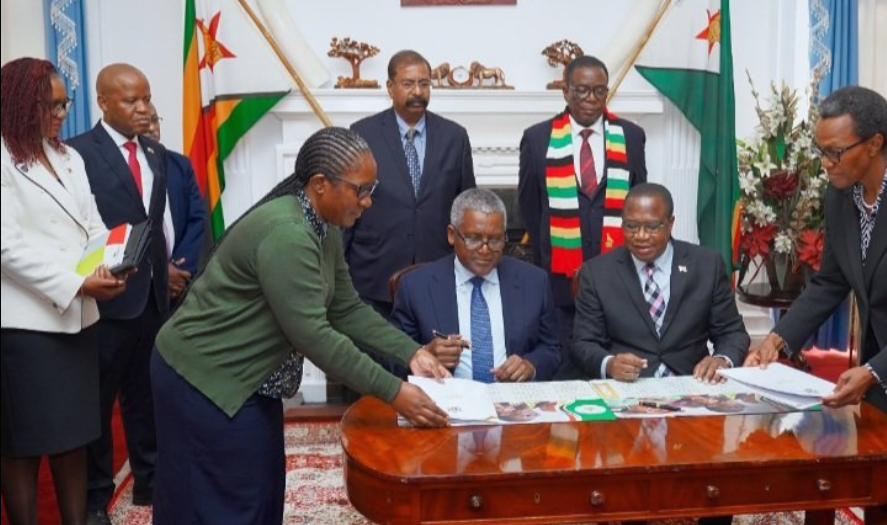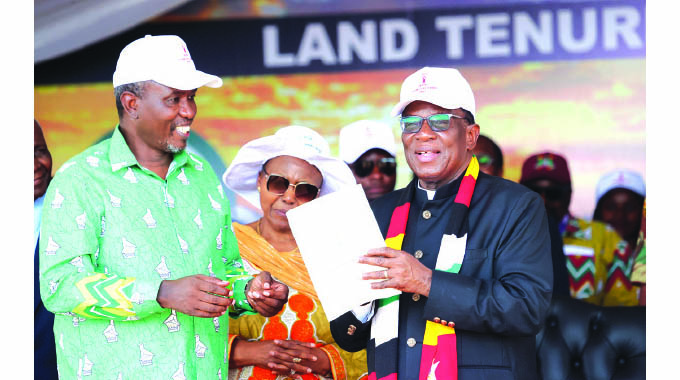The Government's continued delay in reimbursing platinum group metal (PGM) miners the local currency portion of their export proceeds is severely impacting one of Zimbabwe's most vital export sectors, according to recent reports.
Despite owing miners approximately US$609 million in local currency for the first half of 2025, authorities have withheld payments under the current 70:30 foreign currency retention system. This system mandates that miners surrender 70% of their export earnings in foreign currency, with the remaining 30% paid in local currency.
Analysts say this payment delay is part of broader efforts to restrict money supply growth and preserve the stability of the Zimbabwe Gold (ZiG) currency. However, this comes at the cost of crippling operational cash flow in the real economy.
"This is not merely a payment delay; it signals systemic liquidity constraints and reveals the tensions between foreign currency retention policies and domestic monetary stability efforts," said development economist Chenai Mutambasere in an interview with Mining Zimbabwe.
"By starving miners of liquidity, the government risks curtailing production and exports. The mining sector is a critical foreign currency earner and tax contributor. With the sector's growth now downgraded from 5.6% to 2.9% in 2025, fiscal projections may also underperform," she added.
Data from the Mid-Term Budget Review showed a significant contraction in first-quarter PGM output—platinum declined by 16.2%, palladium by 17.5%, and rhodium by 9.7%. While price pressures partly explain the downturn, analysts believe tight cash flows have also played a significant role.
The budget review confirms that the government is prioritising control over broad money supply expansion as part of its strategy to stabilise the ZiG. However, this has created a liquidity squeeze for exporters like PGM miners who rely on timely reimbursement of the local currency portion of their surrendered forex to fund operations and retooling.
Under Zimbabwe's foreign currency retention model, miners liquidate 30% of their earnings into local currency, which the state is obligated to pay. While the central bank retains the foreign currency for essential imports and debt servicing, it has failed to reimburse miners since January 2025.
Tafara Mtutu, Head of Research at Morgan & Co, described the situation as alarming and potentially devastating for the mining sector.
"This development paints a worrying picture on the success of efforts to establish a stable local currency. It signals that policymakers are not yet confident that disbursing these funds will not affect the ZiG's stability. However, in doing so, they risk decimating the mining industry if they continue to delay payments and lower foreign currency retentions," Mtutu said.
Zimbabwe is the world's third-largest producer of platinum group metals after South Africa and Russia. Major producers like Valterra Platinum, Zimplats (owned by Impala Platinum), and Mimosa have collectively liquidated export earnings worth US$690 million, yet under the current model, they have not received the local currency equivalent of 30% of those earnings.
The delays have raised concerns within the industry about worsening liquidity, supply chain disruptions, and potential long-term declines in production.
PGMs remain Zimbabwe's second-largest export earner after gold. Interestingly, gold exports surged to US$1.8 billion over the same period, but gold miners have also criticised the surrender policy, particularly the use of an overvalued official exchange rate for conversion.
Analysts warn that the cumulative effect of these policies is a strained export sector and eroding confidence in government economic strategies, particularly as trust in the current foreign currency surrender model continues to wane.
- Mining Zimbabwe
 Zimbabwe launches new airline
Zimbabwe launches new airline  Hichilema meets Chivayo
Hichilema meets Chivayo  Millions celebrate Diwali festival in India
Millions celebrate Diwali festival in India  SA bitcoin firm mulls Zimbabwe listing
SA bitcoin firm mulls Zimbabwe listing  Gold edges up as traders await guidance
Gold edges up as traders await guidance  Airlink applies for Lanseria to Harare, Bulawayo route
Airlink applies for Lanseria to Harare, Bulawayo route  Young Investment Professional (YIP) Graduate Programme 2019
Young Investment Professional (YIP) Graduate Programme 2019 











 Young Investment Professional (YIP) Graduate Programme 2019
Young Investment Professional (YIP) Graduate Programme 2019
Editor's Pick